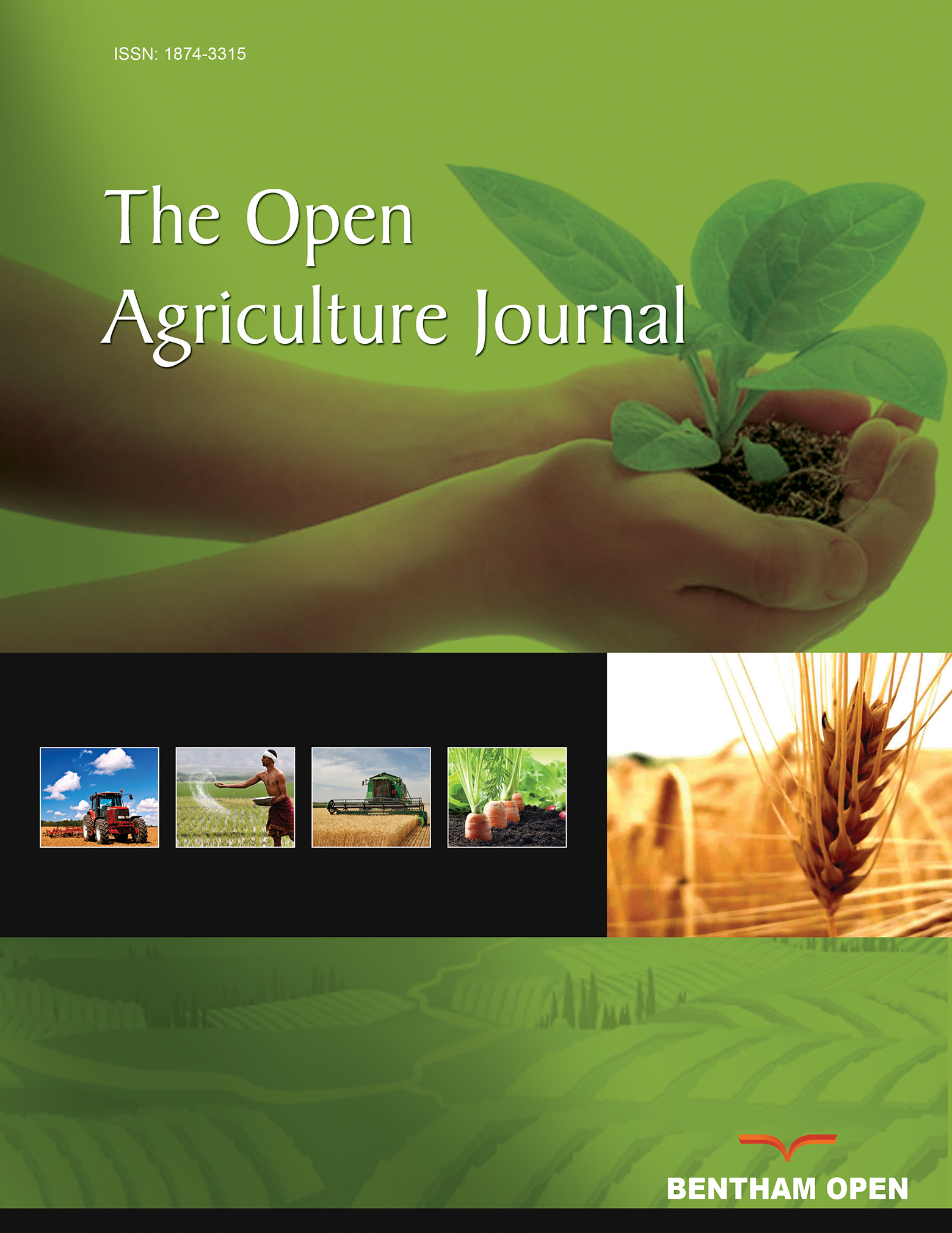All published articles of this journal are available on ScienceDirect.
The Role of Agronomic Factors in Salibu Rice Cultivation
Abstract
Background:
Salibu rice cultivation is one of the technologies that have been developed in Indonesia but not continued. This technology has great potential to increase land productivity. The unsustainability of the salibu rice cultivation is due to the lower yield than the parent rice. Not many farmers are aware of the agronomic factors that can increase the growth and yield of the salibu rice.
Objective:
This review article aims to explore the role of agronomic factors in salibu rice cultivation.
Results:
The review article shows that agronomic factors play a major role in salibu rice cultivation. The soil water availability for one year could be determined by the number of stages of SR cultivation. Two weeks before and after harvesting parent rice, soil water content should be estimated in terms of field capacity. Stem cuttings as high as 3-5 cm from the soil surface at 7-8 days after harvest are the right SR cultivation methods. The fertilizer dose should be taken according to site-specific recommendations. 40% fertilization should be carried out at 14-21 days after stem cuttings, and the second at 60% at 30-40 days after stem cuttings in salibu rice cultivation.
Conclusion:
Among the agronomic factors that affect salibu rice cultivation are soil water availability, the time and height of stem cuttings, and the dose and time of fertilization. Three agronomic factors need to be considered and applied by farmers to get the maximum growth and yield of salibu rice.


